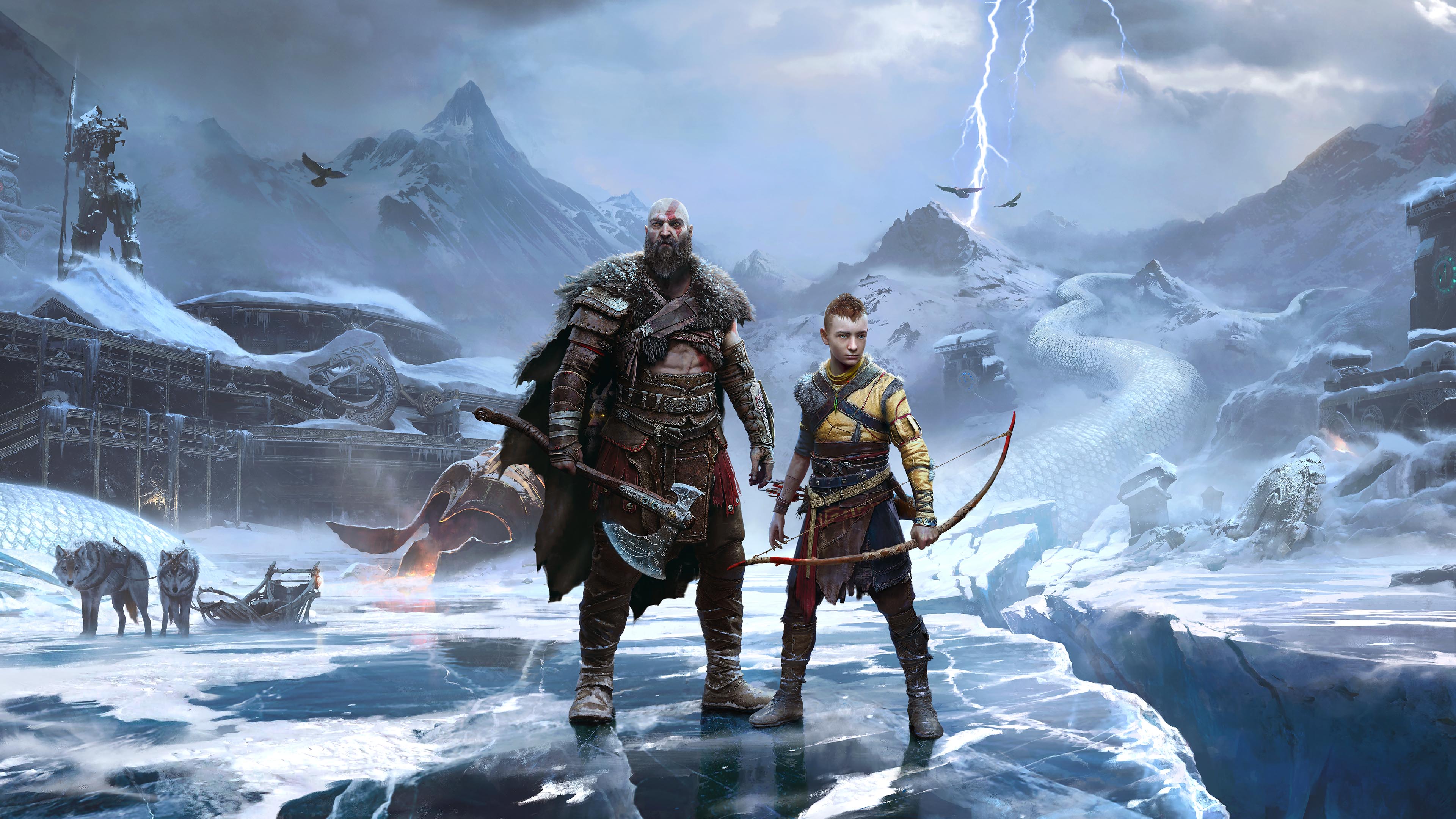
God of War: Ragnarok Review
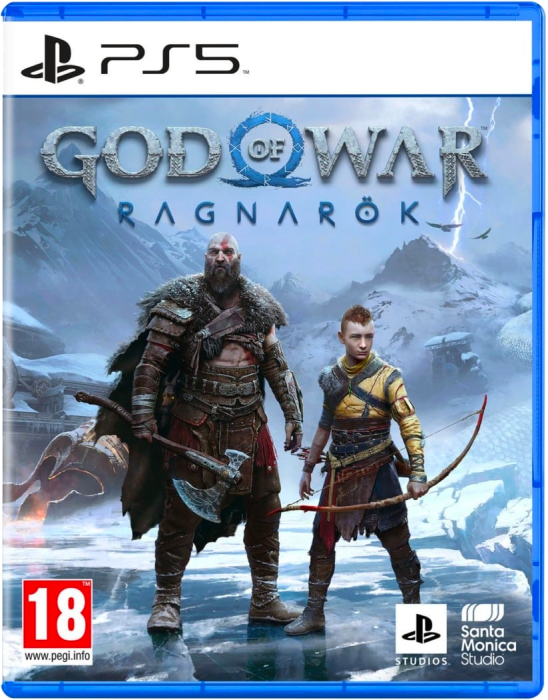
Pros
- Greatly improved gameplay mechanics
- Excellent character modelling and performances
- Enhanced textures and lightning details
- Refined performance on PS4 & PS5
- Mostly enchanting story and side content
- Addictively fun and varied combat
Cons
- Underwhelming ending sequence
- Some missed immersion opportunities
- Requires good hardware to make the most of it
God of War 2018 introduced many people to the franchise for the first time, including myself. It essentially served as a reboot, establishing a set of new characters while occasionally hearkening back to the Spartan past of Kratos, the main protagonist. It cleverly alluded to that past throughout the story, exciting diehard fans and providing a bit of context for those playing as Kratos for the first time. One of the most memorable moments from the 2018 release is when Kratos decides to dig up an aspect of his troubled past: the Blades of Chaos. The emotional impact of this is made all the more powerful by the dark ambience of the scene, the atmospheric sounds of swirling winds and hammering thunder, and the spine-tingling culmination of the musical score underlaying it all.
At the same time, you know that Kratos is doing this for his son, Atreus, who he desperately wants to shelter from godhood, but by doing so has set in motion a potentially fatal condition as the boy struggles to reconcile his nurturing with his nature. The intricate details of this cinematic are then followed by an introduction to the use of the Blades of Chaos in combat, seamlessly linking storytelling with gameplay in slick transitions.
All of these features are revived and refined in its sequel, God of War: Ragnarok. You can expect the same attention to detail in sound design and graphics with notable improvements, while gameplay features have been significantly expanded, allowing you to approach combat in more ways than you can probably chew with one playthrough. The depth and richness of story is also developed, although it arguably falls short towards the end, but we’ll get to that soon.
The Gameplay
New Shields
It’s fair to say that GoW Ragnarok brings extensive improvements to gameplay mechanics at nearly every level. You will now have access to five new shields as you gradually unlock them throughout the game. They each offer unique designs and abilities which you can use according to your preferred playstyle, with some rewarding aggressive play more than others, or high risk for high reward maneuvers. The shield felt like a somewhat static part of your gear in GoW 2018, but it can now be customized with more useful ronds which improve various aspects of combat, allowing you to mix different ronds with specific shields to create your preferred build.
The new shields add even more depth to an already impressive varied gearing system.
Old Weapons
In addition to new shields, the familiar Leviathan Axe and Blades of Chaos can both be used from the beginning of the game. This time you will have access to some skills by default, such as The River of Knives for the Leviathan Axe, which was previously only usable as a Runic Attack. There are also a number of new Runic Attacks for both weapons, and some returning favorites such as Ivaldi’s Anvil. There’s a decent variety in the effects of each Runic Attack, but there are clear favorites which most players will probably gravitate towards. It would’ve been good to see more viable competition between the Runic Attacks, but depending on your playstyle you may find yourself experimenting with each of them regardless. You will also find more ways to empower both weapons by changing their attachments, each of which give specific stat boosts and abilities.
The prospects for Kratos’ destructive potential don’t end with the axe and blades. As you progress through the main story you will soon have access to the new Draupnir Spear, which is forged from the eponymous ring that once belonged to Odin, originally gifted to him by the Huldra brothers.
One of the more significant base changes to both the Leviathan Axe and the Blades of Chaos is the ability to power them up with their respective elements of Frost and Fire. The Leviathan Axe can be more easily empowered with the Frost Awaken skill, allowing you to inflict frost damage which will slow or even freeze enemies in place. You can generate immolation or burning with the Blades of Chaos, enhancing the base damage and inflicting burn over time in most cases. It’s easy to overlook these skills but they’re key to unlocking the full potential of both weapons. You can hack and slash until you succeed if you wish, but if you want to take enemies out with efficiency and style, there’s a great deal more variety which allows you to truly master the combat with each weapon.
The New Draupnir Spear
The prospects for Kratos’ destructive potential don’t end with the axe and blades. As you progress through the main story you will soon have access to the new Draupnir Spear, which is forged from the eponymous ring that once belonged to Odin, originally gifted to him by the Huldra brothers. The spear adds a new dynamic to melee and ranged combat, allowing you to hit more precision ranged attacks with greater velocity than the axe, and with a useful feature which allows you to throw multiple spears into an enemy before detonating them at once, causing an explosion which staggers and interrupts the foe in the process. As with the axe and blades, you’ll have a selection of Runic Attacks and attachments for the spear so you can customize it to your playstyle.
The selection of new shields, Runic Attacks, attachments, and the Draupnir Spear all contribute to making an already addictively fun combat system even more engaging. The sheer number of options that you have available to you for each fight ensures that there will never be a dull moment if you’re willing to tap into the intricacies of the combat mechanics, and once you’re familiar with these you can make it flow in a way which eliminates any feeling of clunkiness that other action-adventure games suffer from. This is a refined combat system which is limited only by the amount that you’re willing to invest in mastering it, and it represents a fitting development in the mechanics for the sequel.
Expanded Character Builds
In terms of potential character builds, there’s even more customization to be had here with the new Amulet of Yggdrasil enchantments. You acquire the amulet as part of the main story, and each enchantment set improves specific stats, while also enhancing an aspect of combat such as ranged damage, melee damage, stun damage, rage generation, health regeneration, realm shift duration, resistances, run speed, and much more. You have the ability to combine up to three different sets into the amulet, or you can mix and match with unique enchantments which aren’t part of a specific set. However you choose to do it, the amulet serves as yet another method for maximizing the efficiency of a specific build, and it’s a welcome addition to your gearing options.
The final thing of note here are the Relic and Sword Hilts. There are only 14 of these to be found in the game, but this is more than enough since you can only equip one at a time. They effectively function as an additional Runic Attack, but they don’t all come in the form of direct attacks. Some allow you to boost melee damage, grant a burst of rage and inflict stun, or even create realm shifts at will. They each have a cooldown so they can’t be used repeatedly, but they’re often useful to enhance particular builds, to get yourself out of a sticky situation, or to interrupt deadly attacks from bosses.
(1 of 2) The Draupnir Spear can also be used to access late game areas, and complete new types of puzzles.
The Draupnir Spear can also be used to access late game areas, and complete new types of puzzles. (left), The Amulet of Yggdrasil Enchantments greatly expand customization for specific builds. (right)
There are also changes to the gameplay mechanics for Atreus, who you can now play without Kratos during some quests of the main story. The combat is fun enough for the time that you have it, but it feels limited when compared with the abilities that Kratos has to hand. The main change for Atreus when fighting as Kratos is the introduction of Runic or Sigil Arrows. These allow you to create spheres of magic which can be connected to each other, often used to solve Nornir Chest puzzles. You encounter more of these as you progress through the game, and some of them can be quite finicky. While they do allow for more variety in puzzles, they’re among our least favorite ways to solve them, and it’s quite possibly the only mechanic which quickly felt tired and tedious once acquired.
Graphics and Sound
The emotion conveyed by key characters, especially when they’re in distress, has the ability to pull you into the scene as if you’re watching a live action film. Even the usually stone-faced Kratos has moments where you realize that he actually can feel things other than anger and disappointment.
Performance vs Quality
The original God of War (2018) was already a beautiful game, with an incredible soundtrack and attention to detail for atmospheric sounds which immersed you in the world. That makes for a difficult game to follow, especially with a cross-generation release. As someone who has played the game on PS5 and seen it played on PS4, there are surprisingly few noticeable differences between each version, at least when you’re immersed in the action. You will undoubtedly be getting subtle and sometimes not so subtle visual differences between the versions, but overall, you won’t be disappointed if you’re restricted to the PS4 version.
With that said, there are differences in terms of quality and performance modes which can be more noticeable depending on the hardware that you pair with the PS5 version. If you want to get the most out of what the graphics have to offer, you’ll need a true HDR screen with good peak brightness, good contrast ratio, and decent color accuracy. This isn’t to say that you can’t enjoy the game using an inferior setup, but the attention to detail here will really benefit from the best. You won’t necessarily see glaring differences between performance and quality modes, but you’ll certainly see massive improvements even in performance mode with a good screen. This is why a good screen is arguably better than using quality mode, since the overall experience is diminished for most players at 30 FPS.
The performance mode is perfectly viable for most uses, providing a consistent 60 FPS with essentially no stutters or drops. However, you may want to use quality mode when taking screenshots, since there are real differences in texture details when closely examined. In terms of the core visual capabilities of the game outside of hardware considerations, you will find that GoW Ragnarok offers greatly improved texture detail, lighting dynamics, and improvements to ambient occlusion. On top of this, clipping is minimal, something which is important when you consider that the Leviathan Axe and Blades of Chaos are often in situ on Kratos’ back, which you’re looking at for most of the game. The same is true during cinematics, emphasizing the attention to detail here.
There are exquisite details to be found throughout the game, hand crafted to high standards even in the most overlooked places.
Impressive Character Models
The other great visual improvement comes in the expressive modelling of the characters. This clearly benefits from the fact that most scenes were performed live by the actors initially, before being translated into animations using motion capture. The emotion conveyed by key characters, especially when they’re in distress, has the ability to pull you into the scene as if you’re watching a live action film. Even the usually stone-faced Kratos has moments where you realize that he actually can feel things other than anger and disappointment. The sense of immersion is further deepened by the attention to detail given to body language, allowing the whole model of the character to express subtle emotions that you can’t always perceive from facial features alone.
Diverse Landscapes
Outside of the more intimate character moments, the varied landscapes that you explore in each realm feel unique and enchanting, with essentially no assets being copied. Everything feels hand crafted with care and we encountered only one or two minor glitches throughout the whole game, making it feel incredibly polished overall. There’s a real sense of distinctiveness and scenic diversity to each of the nine realms, with appropriate variations in flora and their foliage, rock shapes and colors, and how the greatly improved dynamic lighting system brings it all to life. Even in darker spaces underground, light sources add to the atmosphere in ways that make sense, instilling life in environments which might otherwise feel dull.
The details in landscape also extend to the ways in which you interact with the world, with deep snow being disturbed to map the flow of movement while highlighting the textures on the surface. There are still visible limitations in terms of water dynamics, especially as you’re rowing along in the boat around places such as the Bay of Bounty in Svartalfheim, but water is notoriously difficult to get right in games, so this feels more like a limitation in available technology, rather than a lack of vision or attention to detail from the developers.
(1 of 2) You can see the small details which improve immersion in different environments, such as the snow here on Kratos’ boots.
You can see the small details which improve immersion in different environments, such as the snow here on Kratos’ boots. (left), Sindri’s House is one of the best places to see the new lighting system in all its glory. (right)
Soundtrack and Effects
In terms of sound, you can expect the same standards for a stirring musical score throughout most scenes. There are recurring themes played in different keys, adding new layers to how you relate with them depending on the context. A good example of this comes from the Huldra Brothers and Svartalfheim themes, which you’ll hear near the beginning of the game, and again in the form of Raeb’s Lament towards the end. The tune is familiar, but the key changes make it tug at different heartstrings. There are also themes carried over from the previous game, such as the empyreal Valkyrie theme, which add a sense of continuity between the games.
In terms of atmospheric sounds and ambience, here again you will benefit from decent hardware. I initially played the game on a TV with its default speakers, and although I picked up on enough detail to make my experience sufficiently immersive, it was only when I listened back to some recordings using a good pair of headphones that I realized just how rich the detail from these sounds are. You begin to pick up on subtle shifts in breathing, hinting at the changes in emotion reflected by the expressive facial and body movements. You can also clearly hear the crackling of nearby fires, the variations in howling and whistling of the winds, the sludginess of footsteps in mud or the crunch of snow, the rattling of weapons, the creaking of wood and much, much more. In short, the attention to detail here matches that from the visuals.
The Story
The Changing Realms
GoW Ragnarok picks up the story more or less from where you left it, with Kratos and Atreus living in the Wildwoods of Midgard. Although not much has changed in terms of narrative, life has changed for Kratos and Atreus, with the latter now being in his awkward early teens phase. In a more general sense, the death of Baldr has triggered Fimbulwinter, bringing harsh conditions to some of the nine realms and changing them in different, often unexpected ways. Midgard suffers the more traditionally conceived form of Fimbulwinter, with endless night and cold. Vanaheim has become more humid, Svartalfheim is more seismically active, Alfheim’s light is unstable, but the more primordial realms such as Muspelheim, Niflheim, and Helheim remain unchanged, as does Asgard. It would’ve been nice to see the effects of Fimbulwinter a bit more pronounced throughout the realms, perhaps with a sickness of gold lust for the dwarves… but I guess there’s only so much you can do to make a feature relevant in a story this big.
Midgard is more treacherous than ever now that Fimbulwinter has come.
Refreshing Character Depictions
In any case, you may be wondering about what happened to the cliffhanger we were left with from the previous game, where Thor turns up outside the cabin in the Wildwoods. Well, the story brings you to this point soon enough, where you’ll meet both Thor and Odin as they welcome themselves into Kratos’ home. The scene is dripping with tension reminiscent of the iconic opening scene for Inglourious Basterds (2009), although in this case the power dynamic is a little more balanced. You soon realize that Odin is the brains, Thor the brawns, but you don’t know the true intentions or methods of Odin, and this thread continues through the story.
These distinctive versions of gods from Norse mythology are in keeping with the others in the franchise, each of which break from traditional depictions and have their own memorable idiosyncrasies.
The portrayal of both Odin and Thor is refreshing. Odin is more of a sleazy, self-serving businessman as opposed to the wise mentor, while Thor is a bedraggled drunk who has clearly lost his way. He exudes the same confidence that other portrayals of Thor have, but there’s a sense of dark cynicism which underpins his character, and his reasons for being this way are subtly referenced throughout the story. The scene eventually leads to a fight between Kratos and Thor, similar in scale to the one with Baldr at the beginning of the first game, while Odin has just enough time to beguile Atreus.
Prophecy and Destiny
At the heart of this story are the concepts of destiny and prophecy. In some way, each character is struggling to alter their path, while being confronted with seemingly irrefutable evidence that their efforts are in vain. Kratos is still fighting to reconcile the past with his present, and although he made significant progress in the first game, there’s a long way to go and we’re treated to some truly heart-rending scenes as he goes through this process. Mimir is now acting as a wise counsellor and trusted brother to Kratos, deepening their bond and opening up more character development for Mimir.
The flawed and even cynical (or perhaps realistic) take on godhood is also expanded by some of the new characters, especially Thor. It’s easy to see the thunder god as an arrogant, boastful, pig-headed brute, but as soon as you gain access to Asgard you begin to see another side to him, one that has clearly been manipulated by Odin for a very long time. There’s a real sense that the Aesir represent a dysfunctional family, and the game does a great job exploring just how damaging abusive relationships can be, while also critiquing power dynamics based on tradition.
There’s more depth to Thor’s character than you might initially expect.
At the same time, Odin is contending with his own perceived destiny: to unlock the mask Mask of Creation, which supposedly grants infinite knowledge. He needs Atreus’ help to do this, and Atreus believes he is destined to play some part here, creating more conflict with his father. The temptation to help Odin proves too strong, and you soon find yourself exploring aspects of the world while playing exclusively as Atreus. There are highlights here as Atreus and Sindri seek the help of Freya, or while Atreus explores parts of Asgard, but sadly you’re confined to only small parts of the realm.
Old Friends and New Foes
Speaking of Sindri and Brok, these two characters shine just as brightly as they did in the previous game. You can expect more delightful obscenities from Brok, and obsessive-compulsive hysterics from Sindri. As the story progresses, you’ll see their personal narratives develop in some ways that are unexpected, others that feel a long time in the making, and these fit in a satisfying way alongside the broader narrative. This time you’ll be sharing a home with them for much of the story, where you can also find the charming Ratatoskr, Squirrel of the World Tree, and the various not so charming aspects of his personality.
You can speak with Ratatoskr outside Sindri’s House to acquire new favors and learn more about the lore.
You’ll soon be introduced to new characters, including the mysterious Aesir god Týr, who we heard so much about in the first game. There’s also a uniquely insufferable depiction of the Aesir god Heimdall, and a slightly unsettling, almost stoner-esque representation of Freyr, Freya’s brother. These distinctive versions of gods from Norse mythology are in keeping with the others in the franchise, each of which break from traditional depictions and have their own memorable idiosyncrasies. The same goes for more periphery characters such as Grýla, Angrboda’s grandmother, both of whom you encounter in Jotunheim as Atreus.
Atreus Alone
The whole Jotunheim arc isn’t for everyone, but it does capture that feeling of being a slightly naïve adolescent well enough, as you see Atreus feeling new things and being faced with the uncertainty of not really knowing what to do with himself. The depiction of Grýla evokes something special about folklore tales, bringing back childhood memories of having stories read to us on the nursery floor. If nothing else it provided a contrast to the often over-serious mood of Kratos, but I wouldn’t necessarily want any more Atreus sequences than we had given to us.
A (mostly) Living World
The places where you meet most of these characters feel alive and authentic, but there are other aspects of the game world which feel less lived in, sometimes breaking immersion or making a place feel strangely dead. A good example of this is Nidavellir, the dwarven capital of Svartalfheim. You only ever see three or four unique dwarves here. This is explained early on by the local residents being terrified of Kratos, and they have good reason to feel this way after being treated terribly by the Aesir, but it would’ve been nice to see the place come alive a bit more once they realized that Kratos was more friend than foe. It felt like a missed opportunity to see more interactions in a world where there are rarely more than a handful of characters in one place at any given time.
It would’ve been nice to see more dwarven activity in Nidavellir, but the characters you do meet there serve their purpose well enough.
An Enchanting Journey with an Unfortunate End
Ultimately, the story succeeds in adequately exhibiting the tensions between different characters, their personal stories, and by continuing the overall narrative that was set in motion from the death of Baldr. You first meet Freya in her feverishly resentful state, but this lasts just long enough before she comes to her senses and her character evolves, greatly expanding her emotional range. The interplay between Kratos and Freya as they share their deepest secrets and a distaste for godhood are particularly poignant, and Freya’s shared history with Mimir adds another layer of depth to their dialogue interactions.
The story also incorporates some flashbacks for Kratos rather well. There is one scene in which Kratos meets his late wife Laufey in a dream state, which is arguably one of the best scenes in visual storytelling as a whole, let alone gaming. It touches on the themes of dealing with mortality and grief, as Laufey offers Kratos a lesson in relation to the prospect of her own death. There’s a lot more that can be said about this scene, but suffice to say that upon reflection, it almost makes up for what amounts to (in my view) a relatively poor ending to the story.
In terms of that poor ending, this is where the narrative in the game falls short. The simmering tensions between the Aesir, Vanir, Kratos and others all lead to a point where Ragnarok seems inevitable. And then it actually happens! But as one of the shortest main quests in the game, discounting fluff. You get some genuinely meaningful cinematics with Sif and Thrúd (Thor’s wife and daughter), and you see the beginnings of a redemptive arc for Thor, but the actual gameplay of experiencing Ragnarok, the thing that the entire narrative has been leading up to, is nothing short of underwhelming.
In the simplest of terms and without getting too spoilery, there are certain characters in the game that you expect to do more at this point – a certain giant wolf and a certain giant… giant – but one of them doesn’t make an appearance at all, while the appearance of the other is so anticlimactic that you wonder why so much time was spent investing in their arc. There are some payoffs towards the end where key characters finally confront their apparent destinies in their own ways, but you then get what feels like a fairly rushed wrapping up of the story.
Teacher? Husband? Father? Destroyer.
Aside from this somewhat disappointing end, the overall narrative still holds up well. The character development for the Huldra brothers is particularly well done, and if you consider where Kratos and Freya are at the end of the story compared with where they were at the start, you begin to realize the richness of the narrative which allowed for this to happen gradually. Kratos may be a destroyer, but he has also earned the right to call himself a teacher, husband, father, and dare I say it… a compassionate god. I could be reading too much into this, but I got the feeling that the developers wanted to imbue the story with a more politically relevant message to all of us, including themselves, summed up by words that Kratos uttered a number of times throughout: we must be better.
A refined, fitting sequel
There are some games that you play primarily for the story, others more for the action and sense of adventure. GoW Ragnarok is one of those rare games that does it all incredibly well, and there are perhaps no other games that can match the ways in which it effortlessly blends storytelling with gameplay mechanics. Although I wished for a more satisfying end to the story, I can’t fault the developers for their continued commitment to small details in both graphic and sound design, and there are countless aspects of the narrative which are as well-crafted and memorable as any from the previous game. The core mechanics are expanded in constructive ways, and you can do more than ever with different combat options. In short, GoW Ragnarok is a fitting sequel that is well worth your time.
Gameplay:
Sound:
Graphics:
Story:
Value Rating:

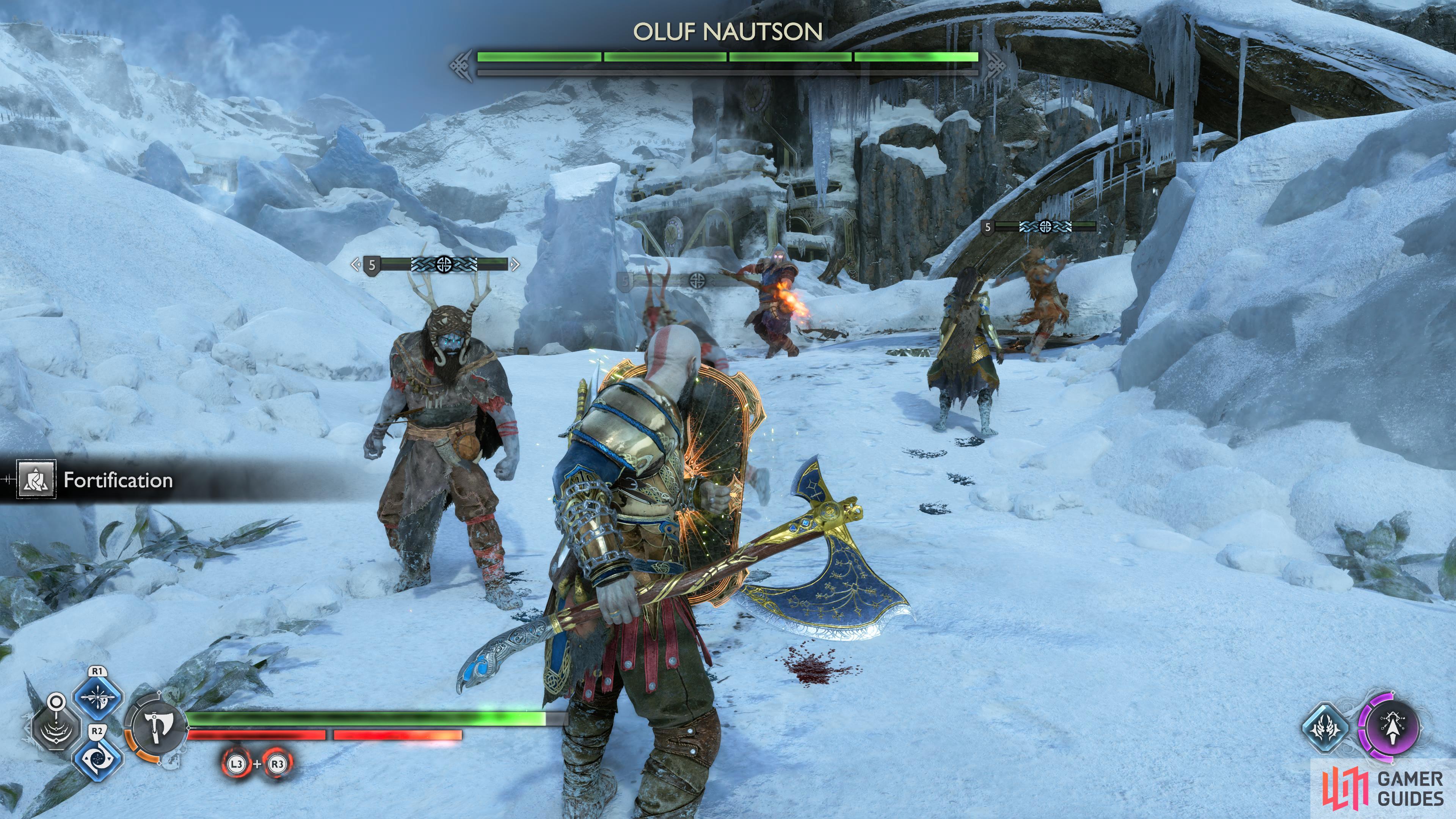
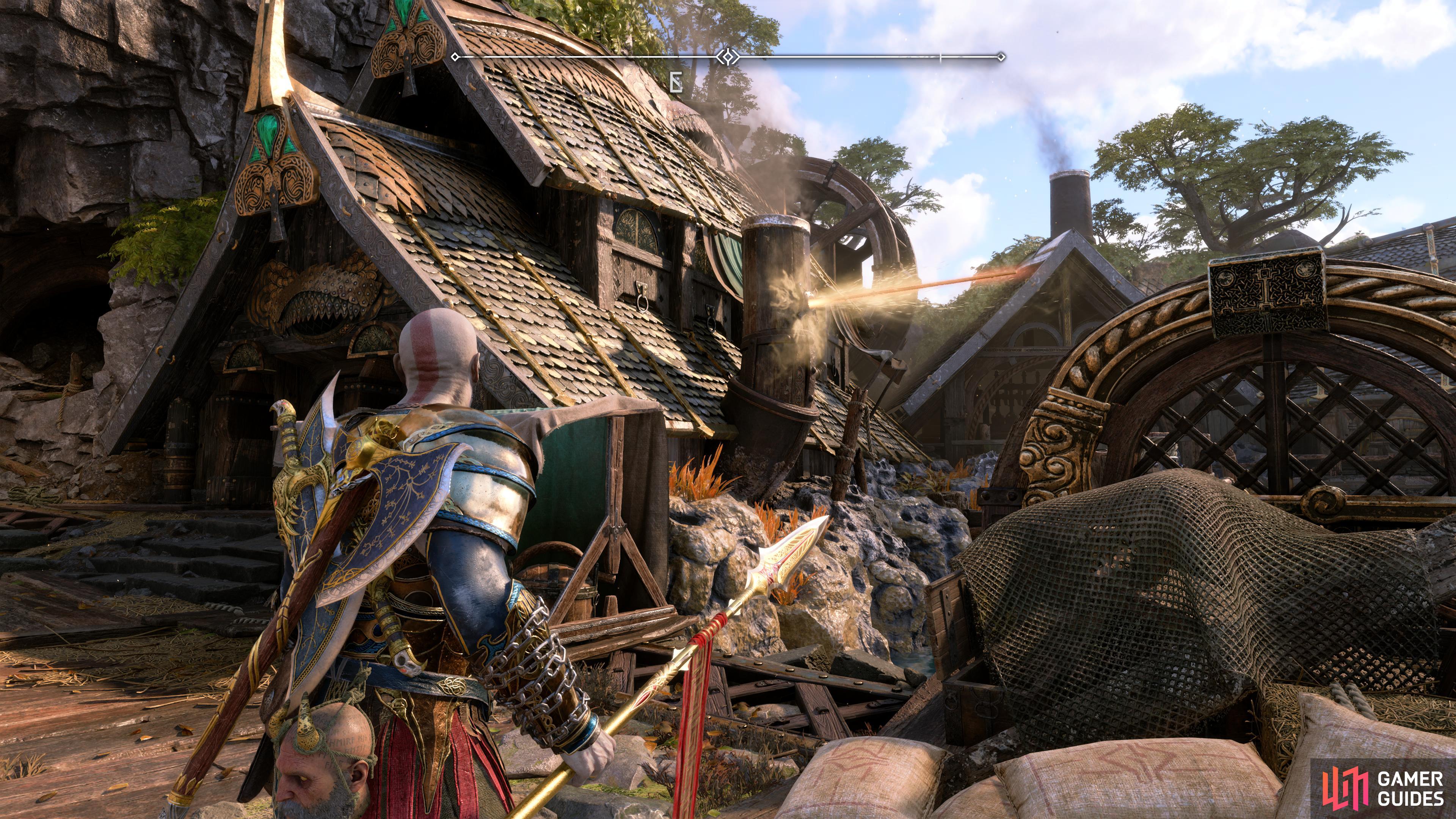
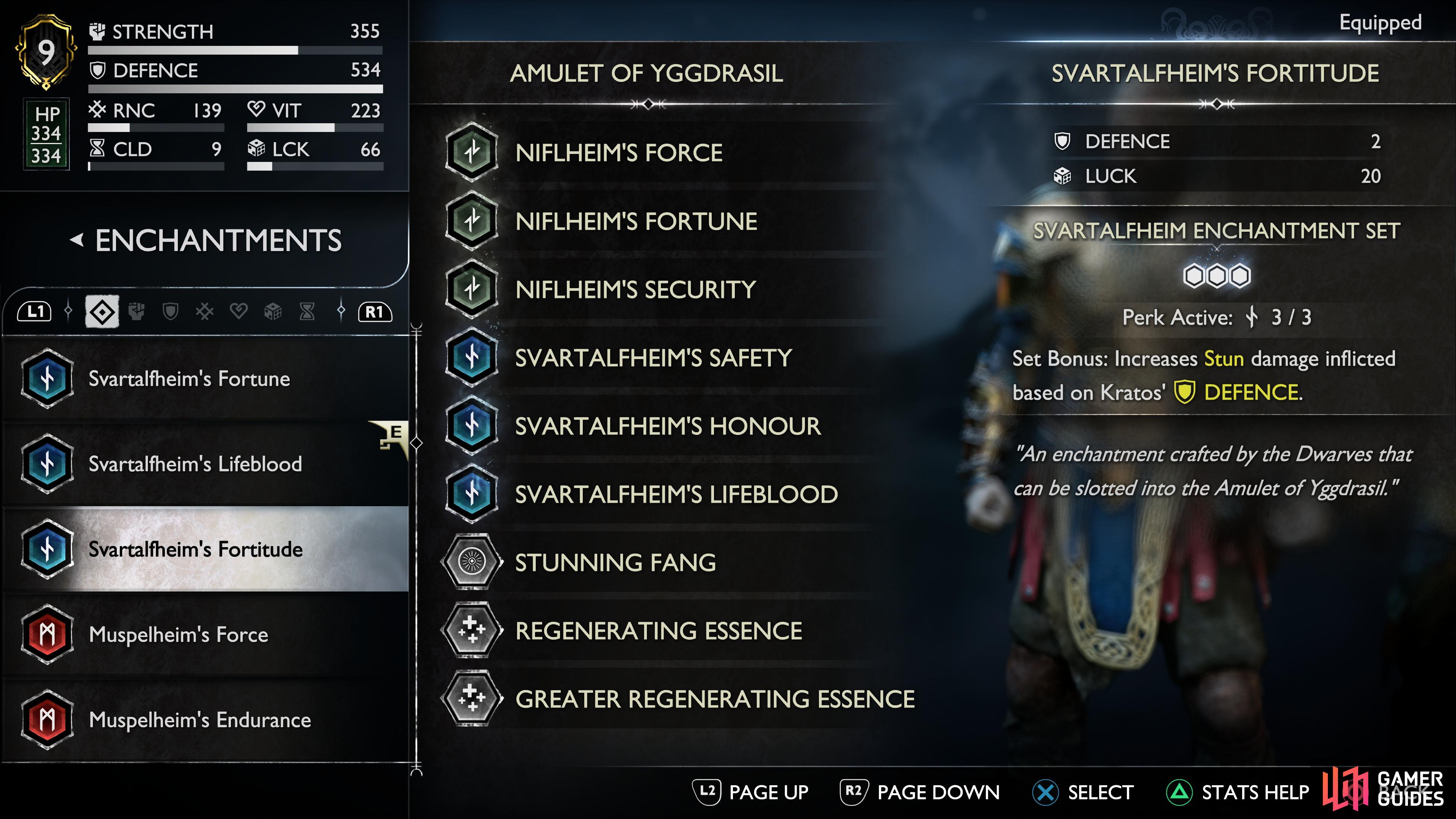
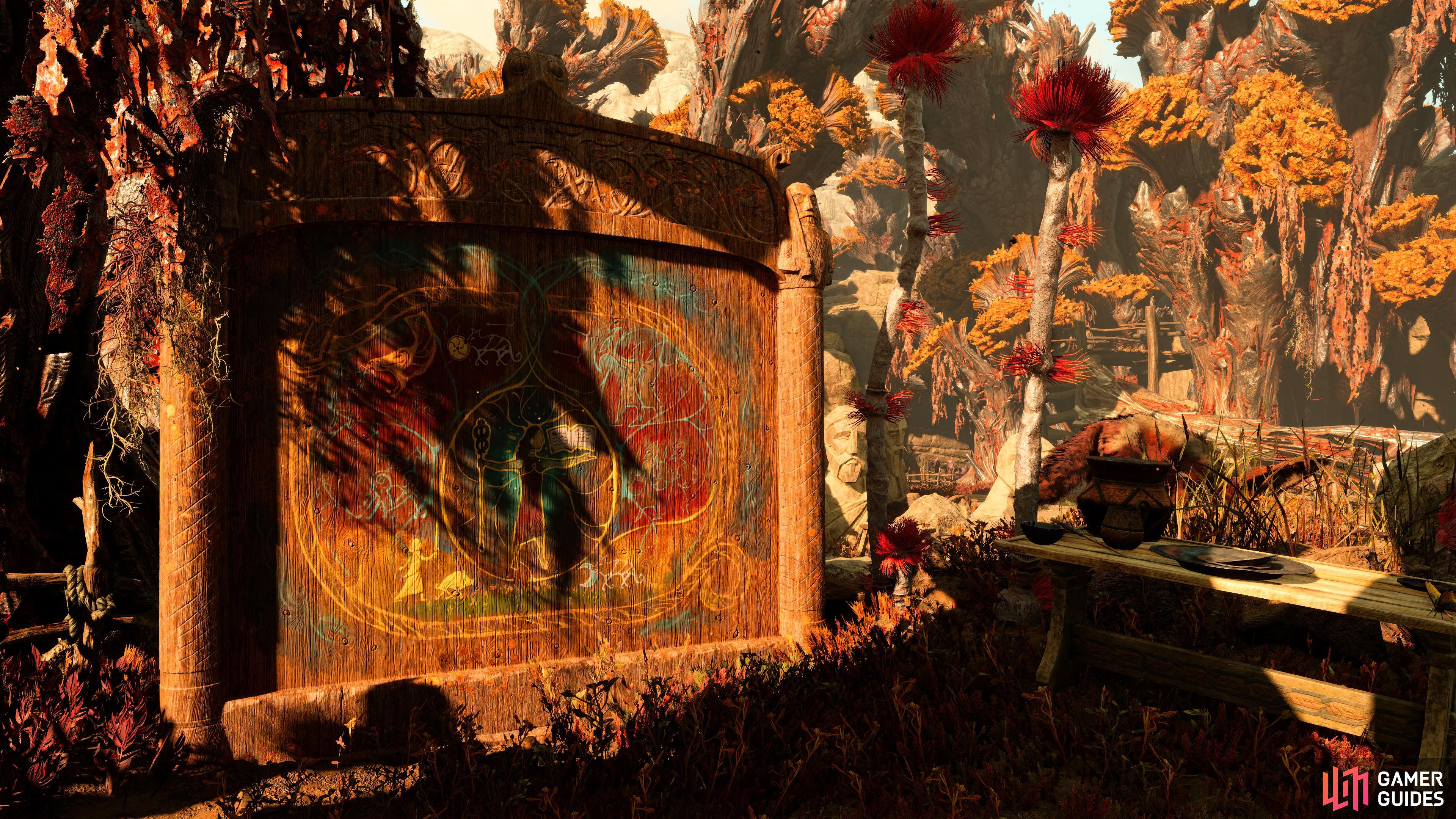
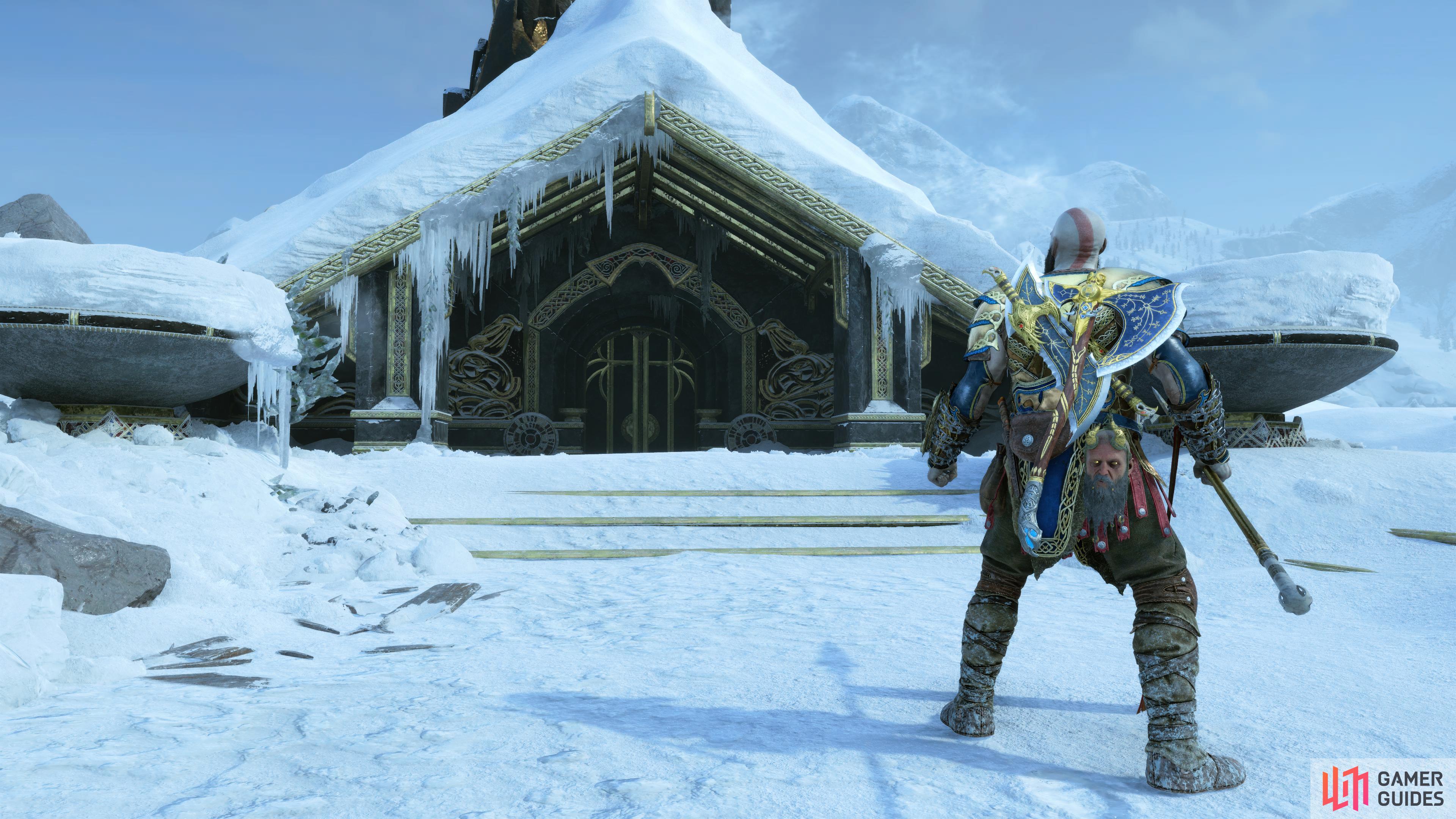
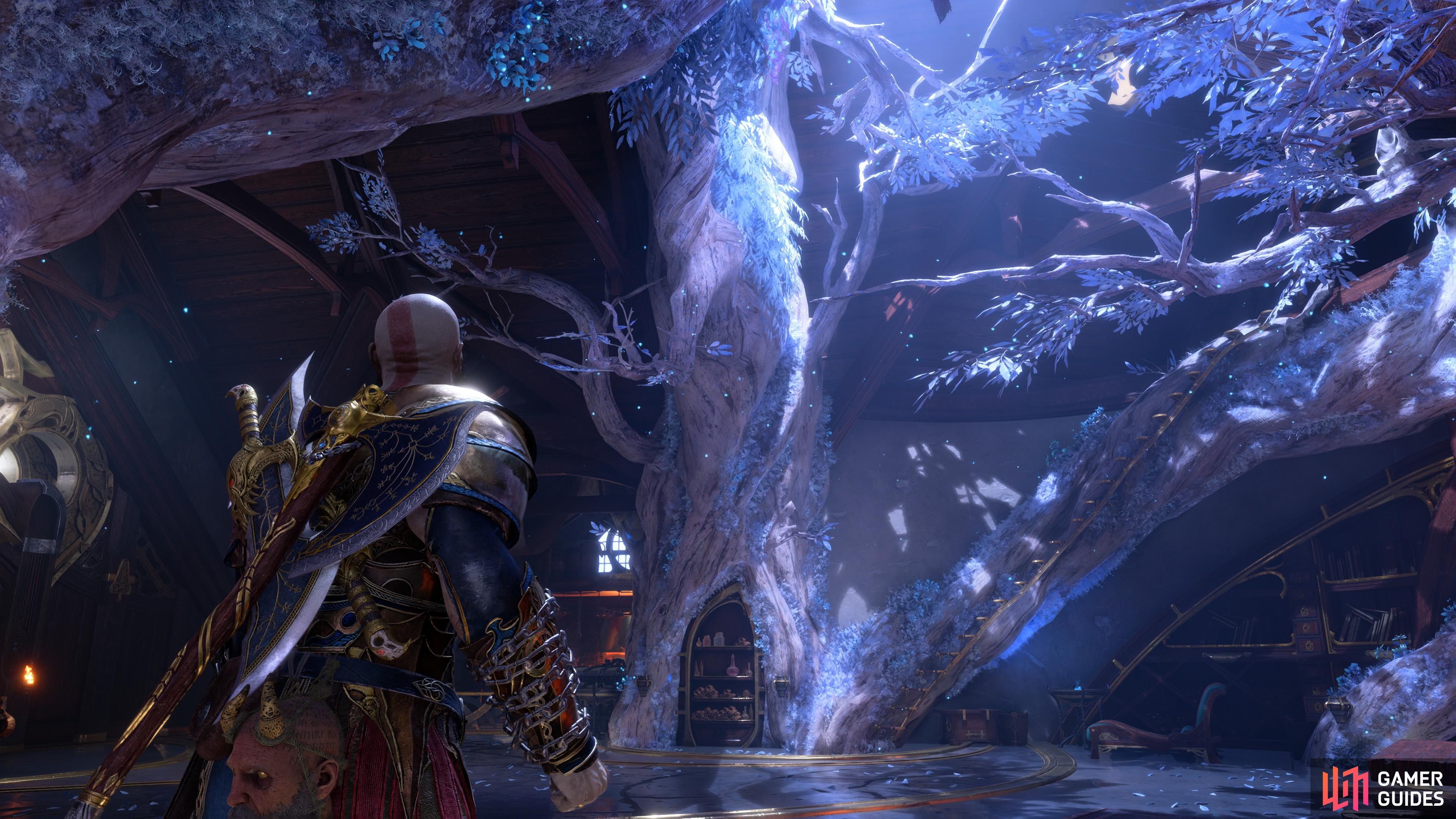
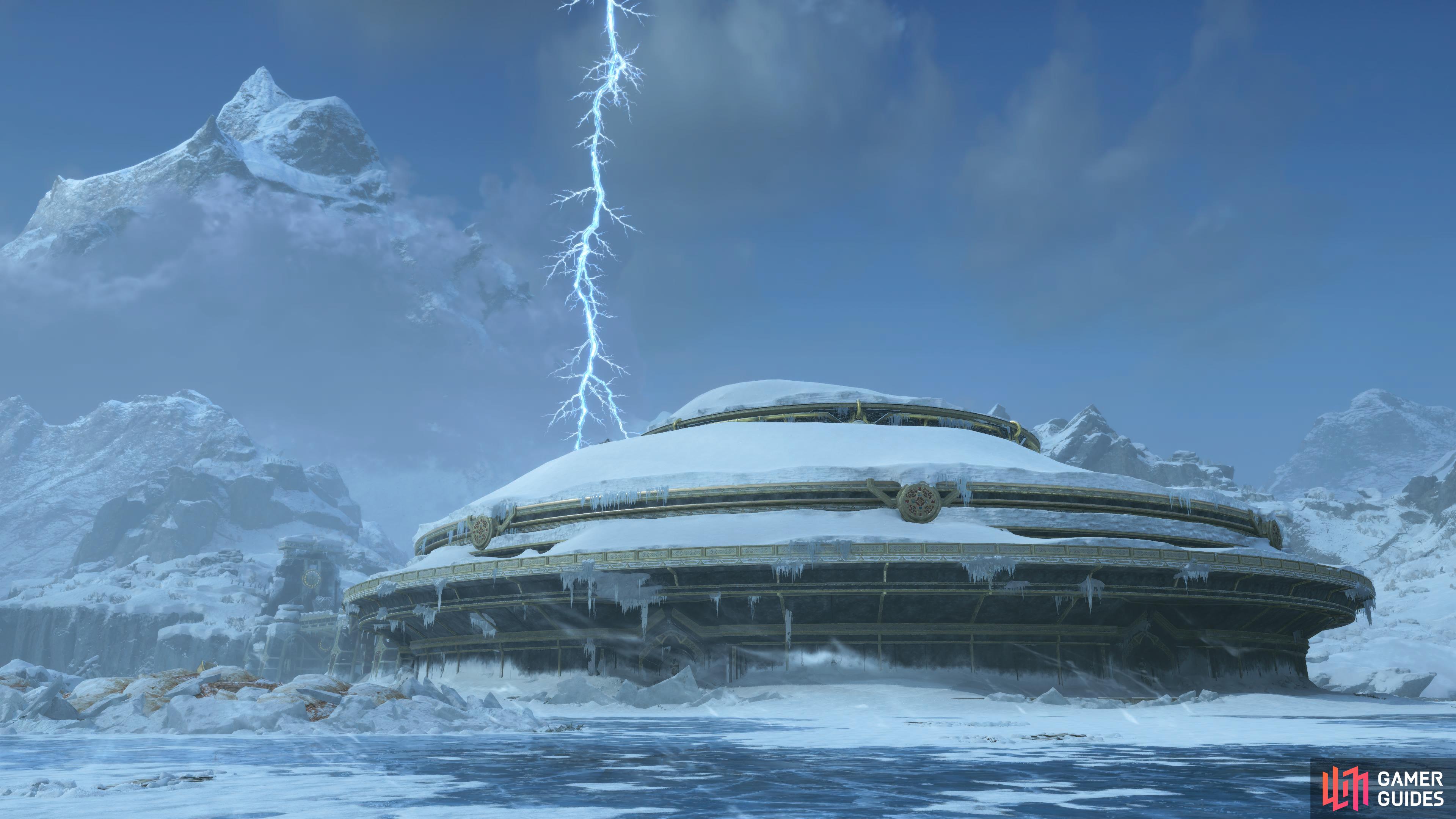
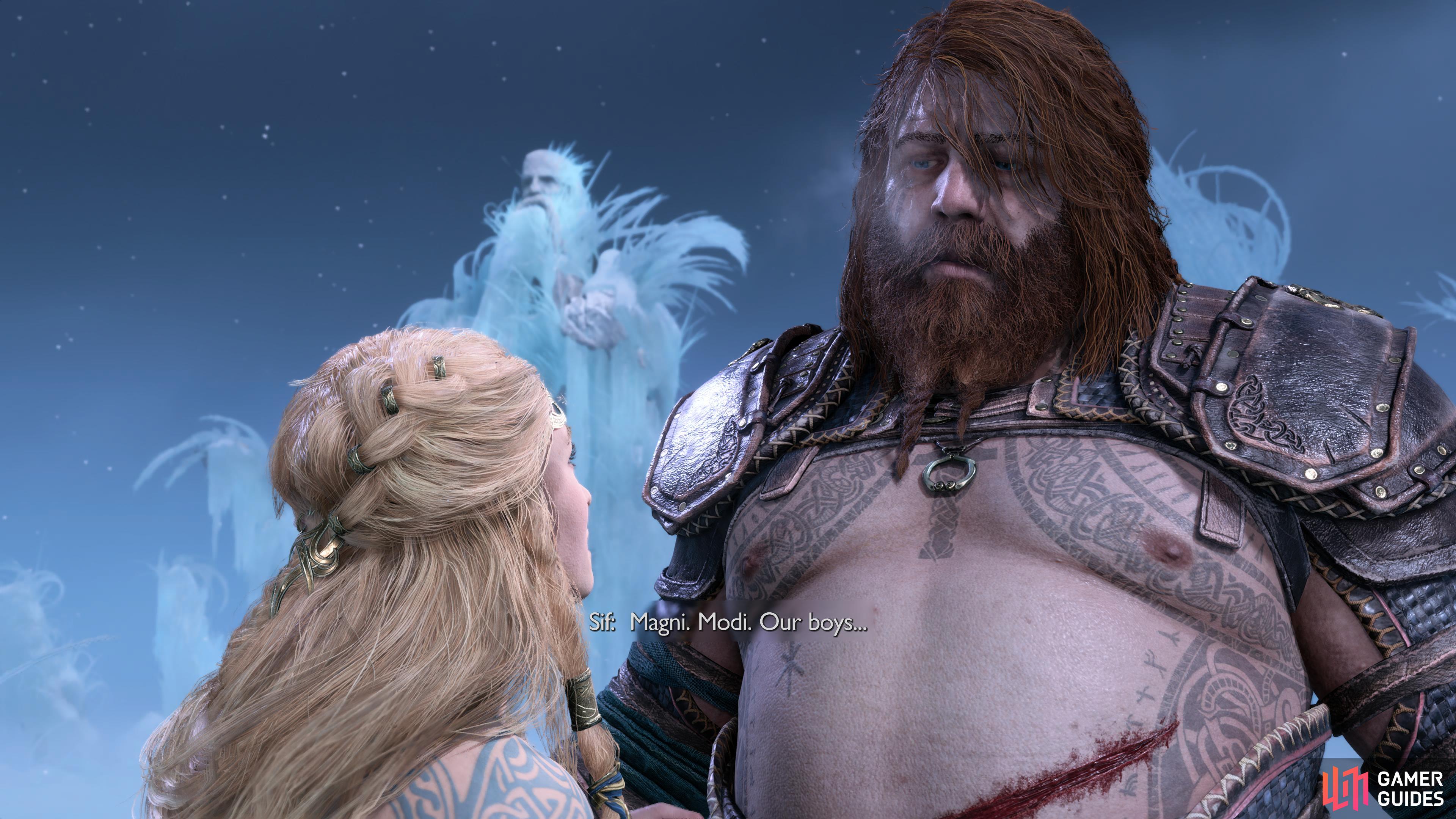
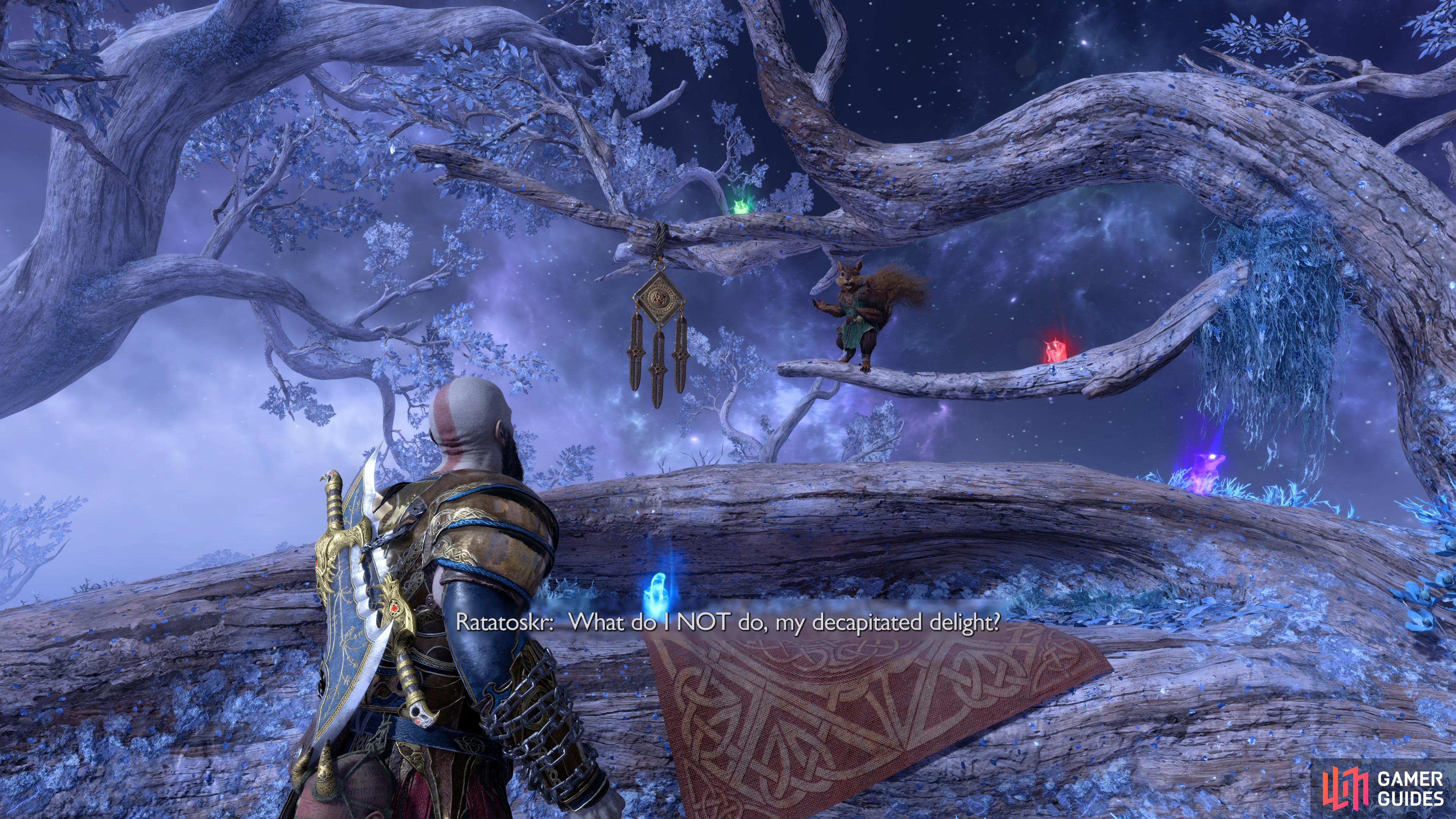
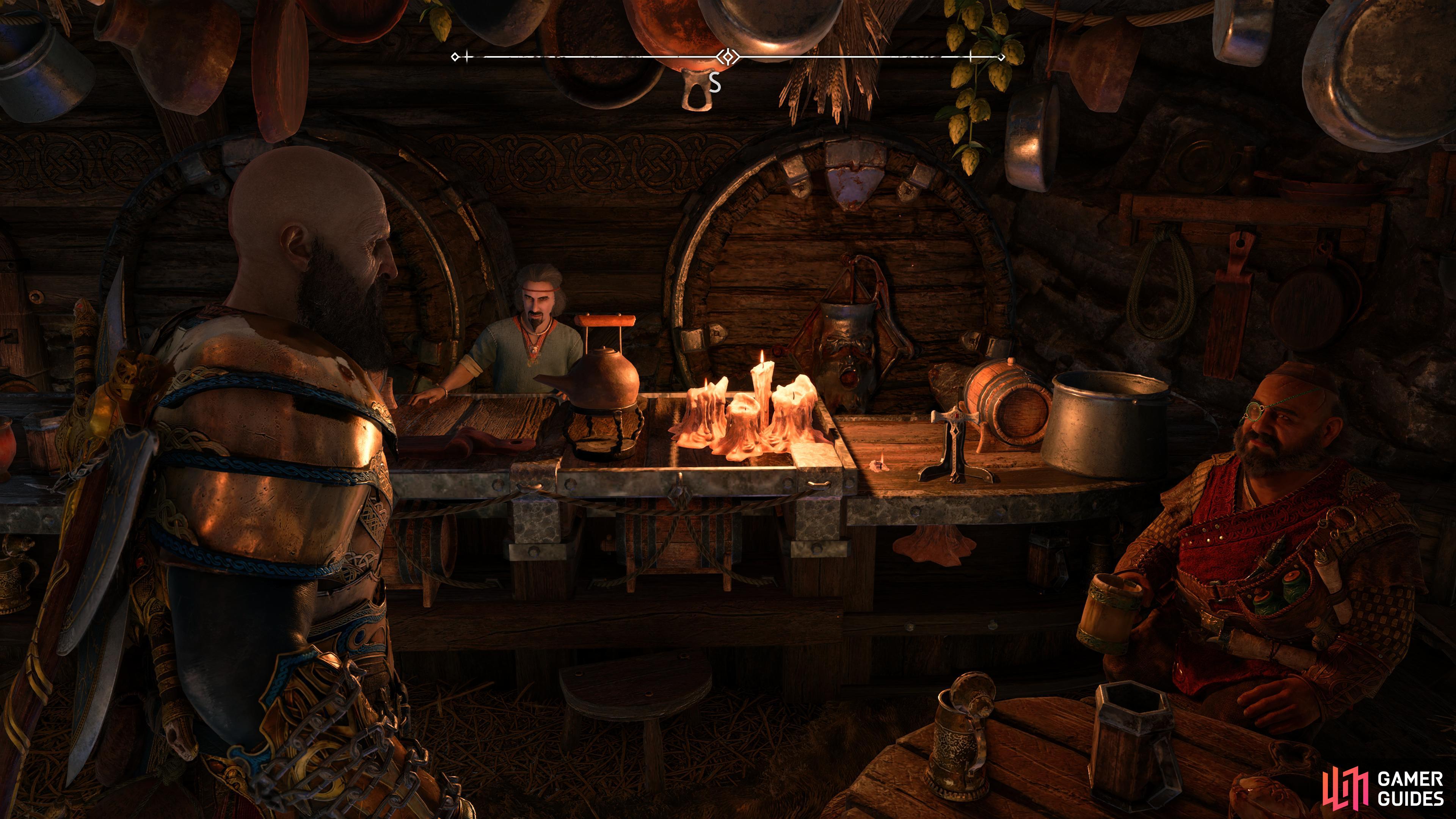
No Comments